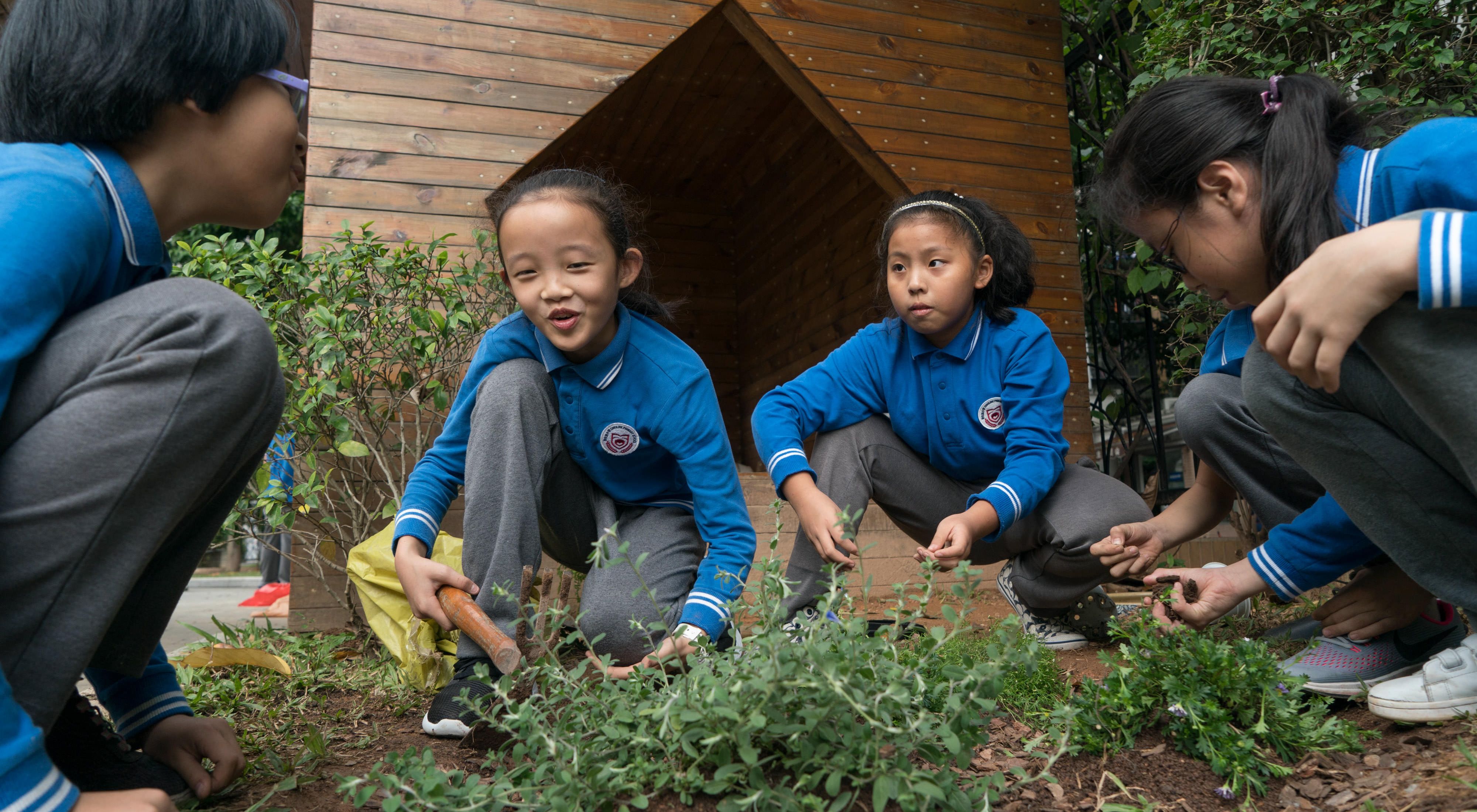Caring for Nature and People in China's Cities
China already has the world’s largest population, with more than 600 cities and at least 15 megacities.
Meanwhile, the Asia Pacific region is the epicenter of global growth. It is home to 60 percent of the world’s people, seven of its 10 largest cities, and increasing urbanization and prosperity.
Cities are developing at a faster rate than ever before. In China, 200 million people will migrate to and reside in cities in the next decade. By 2050, over 6 billion people will reside in cities globally. The growing urban population is already putting severe pressure on natural resources and increasing demand for food, water and energy. City dwellers face ever-increasing challenges from air pollution and water shortages.
The Nature Conservancy’s vision is to fundamentally enhance the relationship between cities and nature so that both can thrive. We are making this vision a reality by incorporating natural solutions that can help make cities more resilient and liveable places.
Our Planting Healthy Air report found that an investment of just US$4 per resident in tree plantings in 245 cities could improve the health of millions of people.
In Shenzhen, we are promoting and advancing the city’s stormwater management abilities by partnering with the Shenzhen Municipal Sponge Department and Tencent. We are advising on stormwater regulation and establishing demonstration sites.
We are partnering with city schools as well. Everyone has a role in environmental stewardship; we need to engage the next generation of leaders sooner rather than later if we expect them to carry on our efforts to make cities safer and more sustainable places to live. At Sinolink Primary School in Shenzhen, TNC developed a natural education curriculum and is collaborating with the school to incorporate it within the standardized teaching program.



